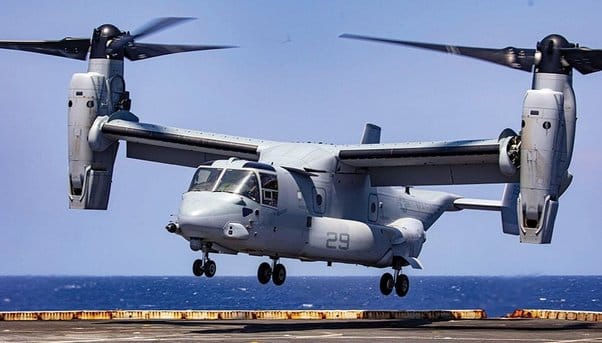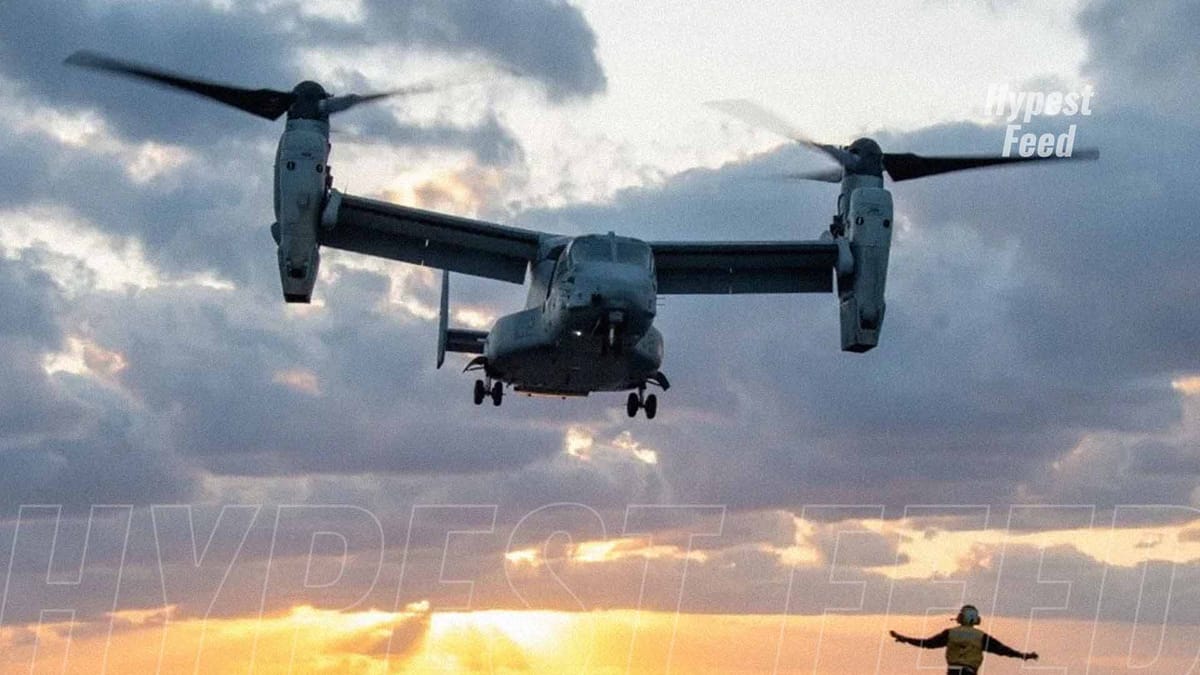Last Friday, the Marines, Navy, and Air Force made the decision to allow the V-22 Osprey to resume flying status, despite the fatal crash of an Air Force CV-22 three months prior off the coast of Japan. This move, the fourth crash of its kind in two years, was bold but necessary, given the Osprey's crucial role in various military operations, from secure embassy evacuations to aircraft carrier deliveries at sea.
The return of the Osprey fleet to flight will be a cautious process, involving refresher training for crews and the implementation of new maintenance procedures. "There is a strong desire to return to fly because this is a capability we want to have," said Lt. Gen. Tony Bauernfeind, commander of Air Force Special Operations Command, on February 20th.

Although the Pentagon has not disclosed the exact mechanical part responsible for the November 29th crash, divers recovered the black box. While the secrecy surrounding the cause may be intriguing, it's understandable given the long-term importance of the Osprey and the desire to prevent potential adversaries, like China, from gaining insights into its vulnerabilities.
As threats from China continue to escalate, the Osprey's significance is only increasing. Its advanced tiltrotor technology allows it to function as both a plane and a helicopter, making it a remarkable asset. In recent years, the sight of Ospreys flying over Washington, D.C., has captivated even the most seasoned observers, with their unique design and capabilities earning admiration.
The ability to transition seamlessly from hover to level flight gives the Osprey unparalleled speed and range, making it an invaluable tool for military operations. Despite its imposing size and distinctive sound, the Osprey's versatility and effectiveness make it a vital component of the military's arsenal, particularly in an era of heightened geopolitical tensions.



Member discussion: